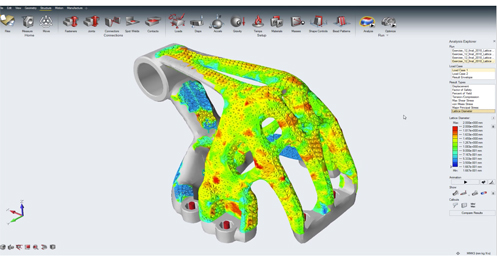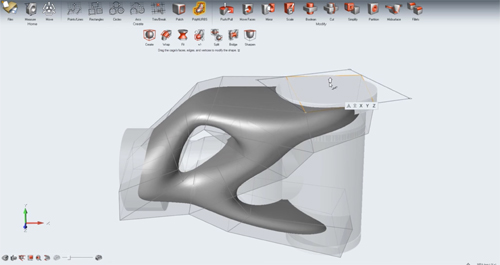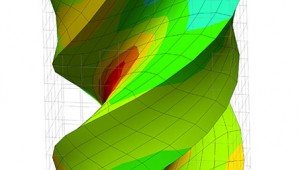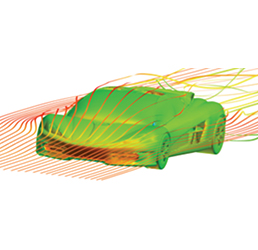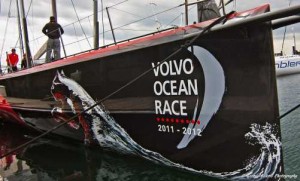Altair (Nasdaq:ALTR) has acquired Germany-based FluiDyna GmbH, a renowned developer of NVIDIA CUDA and GPU-based Computational Fluid Dynamics (CFD) and numerical simulation technologies in whom Altair made an initial investment in 2015. FluiDyna’s simulation software products ultraFluidX and nanoFluidX have been available to Altair’s customers through the Altair Partner Alliance and also offered as standalone licenses.
ultraFluidX solves large-scale internal and external aerodynamics problems for a broad class of applications including ultra-fast prediction and evaluation of vehicle, building, and environmental aerodynamics. The software is based on the Lattice Boltzmann Method, providing users with superior performance and dramatically reducing the model preparation time for large, complex models. The integrated volume meshing and fast transient analyses deliver short turnaround times, resulting in completely new possibilities for simulation-driven design and significant cost savings.
nanoFluidX is a fluid dynamics simulation tool based on the smoothed particle hydrodynamics method to predict the flow in complex geometries with complex motion. For example, it can be used to predict the oiling in powertrain systems with rotating shafts and gears, and analyze forces and torques on individual components of the system.
James Scapa, Founder, Chairman, and CEO at Altair said, “We are excited about FluiDyna and especially their work with NVIDIA technology for CFD applications. We believe the increased throughput and lower cost of GPU solutions is going to allow for a significant increase in simulations which can be used to further impact the design process.”
“We’ve worked closely for more than 10 years with FluiDyna, an Elite Solution Provider in our NVIDIA Partner Network Program,” said Shanker Trivedi, Senior Vice President of Enterprise Business, NVIDIA. “Together, we’ve helped develop forward-thinking simulation tools that leverage NVIDIA technology for better performance and efficiency throughout the design process.”
In addition to continued growth and development of current FluiDyna products, the acquisition is intended to help the complementary technical teams of both organizations accelerate Altair’s broader offerings in CFD.
Altair
www.altair.com

